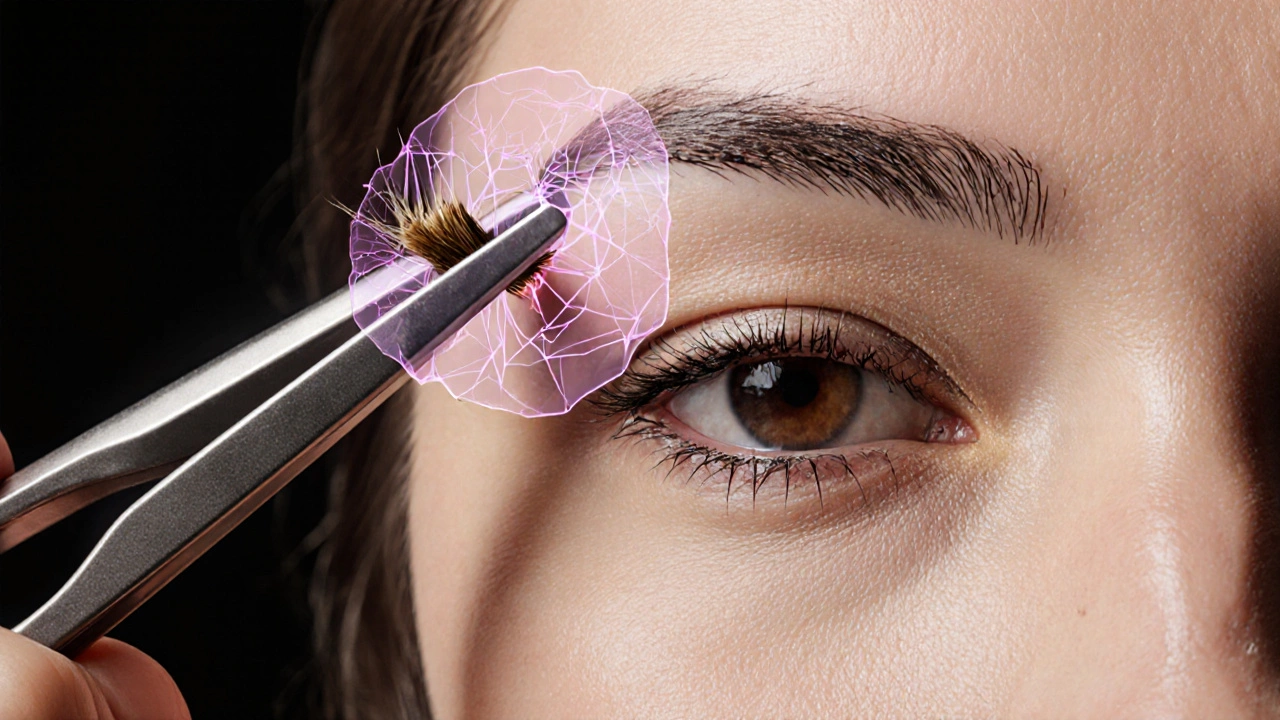Ever wonder if you can turn a cheap pharmacy find into a helpful inhalation? You can, and it’s easier than you think. Below we break down what’s safe, what to avoid, and how to do it right at home.
First, the basics. Saline solution is the gold standard. A simple mix of boiled water and non‑iodized salt (about 0.9% salt) mimics the fluid in your nose and lungs. You can buy pre‑mixed sterile saline packets at most drugstores – they’re cheap and ready to use.
Next up is hypertonic saline. This is a stronger salt mix (usually 3%) that can help clear thick mucus. Look for “hypertonic saline inhalation solution” on the label. It’s safe for most people, but if you have very sensitive airways, start with the regular saline first.
Flavored steam inhalations are another option. A few drops of menthol or eucalyptus oil added to hot water can open up passages. Make sure the oil is labeled for inhalation use – some essential oils are too strong for direct breathing.
Finally, there are over‑the‑counter decongestant sprays that you can add to a steam bowl. Choose a product with oxymetazoline or phenylephrine and follow the directions, because too much can irritate the lining.
Step 1: Clean everything. Wash your hands, and rinse the nebulizer or bowl with hot, soapy water. Rinse again with sterile water if you have it.
Step 2: Prepare the solution. If you’re mixing your own saline, dissolve the salt in water that’s been boiled for at least three minutes, then cool to a comfortable temperature (around 100 °F). Never use tap water straight from the faucet – it can contain microbes that are harmful when inhaled.
Step 3: Fill the device. For a nebulizer, pour the solution into the medication cup. For a steam bowl, place the water in a heat‑proof container and add any optional oil or spray.
Step 4: Breathe steady. Sit upright, lean over the bowl, and cover your head with a towel to trap the steam. If using a nebulizer, turn it on and breathe normally for 10‑15 minutes. Keep your eyes closed to avoid irritation.
Step 5: Clean up. Empty the bowl, rinse the nebulizer cup, and let everything dry completely before storing. A clean device prevents bacterial growth and keeps each session safe.
Quick tips: If you feel burning, dizziness, or a sharp cough, stop immediately and switch to plain water steam. Children under 5 should only use plain water steam under adult supervision. And always check with a doctor if you have chronic lung issues before starting any home inhalation routine.
So there you have it – cheap pharmacy finds can become effective inhalation tools when you use them right. With the right solution, clean equipment, and a few safety steps, you can ease congestion, soothe irritated airways, and feel better fast.

Sujood requires the forehead to touch the ground-not the eyebrows. Learn why this is a non-negotiable part of Islamic prayer and how to correct common mistakes in your posture.

Find out if eyebrow plucking can harm your brain, the nerves involved, and safe practices to keep your brows tidy without risk.

Learn why some dietary supplements turn harmful, spot red flags, and protect your health with practical safety tips and real‑world examples.

What to use in your nebulizer or steam bowl at home, what to avoid, and how to do it safely. Evidence-backed guide to OTC inhalation solutions in 2025.